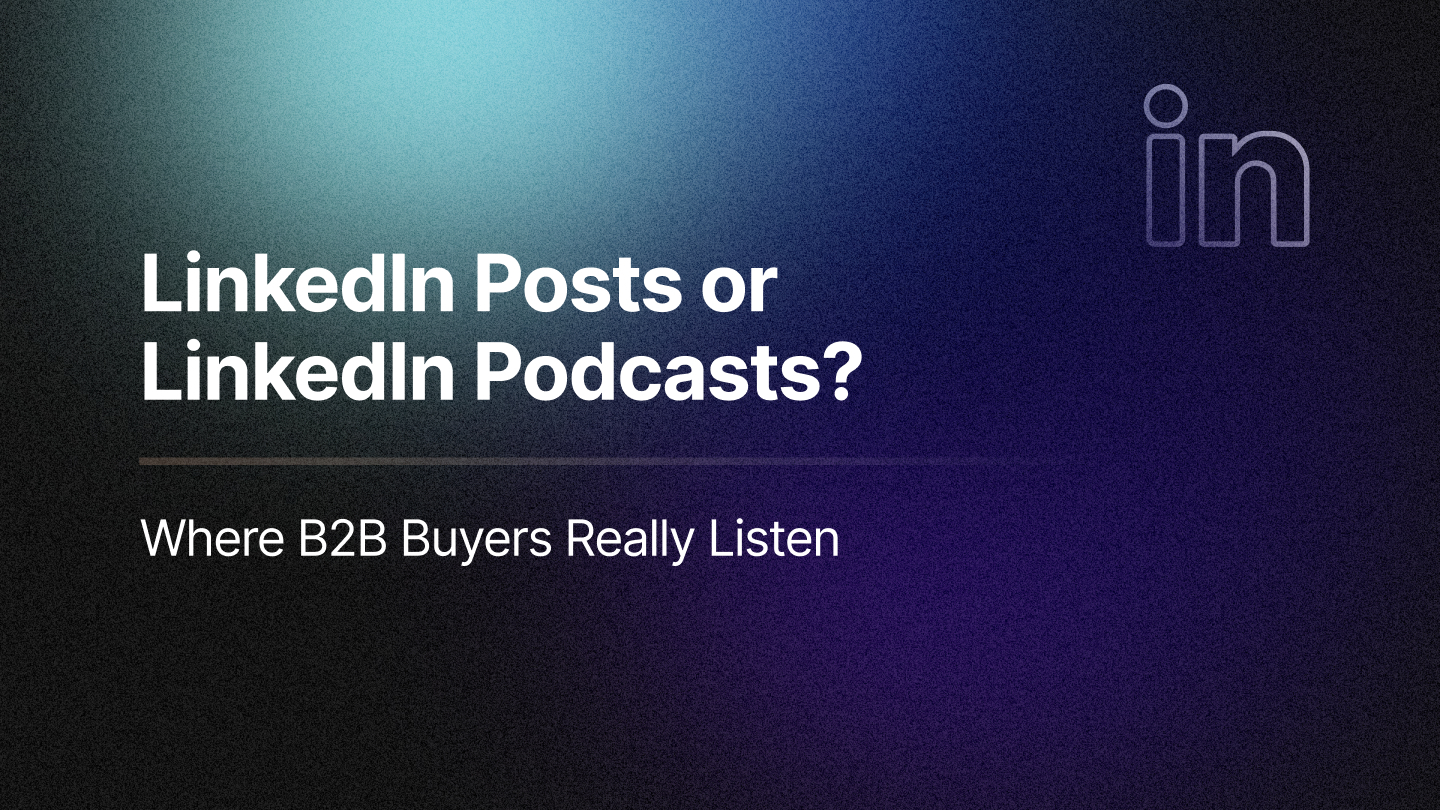Something doesn’t quite add up. Ninety-one percent of B2B marketers use lead scoring, yet only one in four are satisfied with their process. At the same time, sales ignores roughly half of marketing-sourced leads, most often because they aren’t qualified.
When a channel underperforms, marketers pivot. But when lead scoring underperforms, most teams just accept it. It’s time to stop settling for lackluster results and rethink how we qualify leads for sales.
The Path Forward: Predictive Lead Scoring
Organizations using predictive lead scoring, powered by AI and machine learning, report 27% higher three-year revenue growth than those using traditional methods. Why? Because predictive models don’t just assign arbitrary numbers. They analyze historical patterns, online behavior, and buying signals in real time to determine which leads are most likely to convert.
The benefits are clear:
- More accurate and consistent scoring
- Faster qualification and handoff to sales
- Continuous learning, with scores adjusting as new interactions occur
The result is a smarter, more dynamic way to prioritize leads that reflects true buying intent.
Rethinking “Scoring”
What if, instead of chasing a static score, sales teams received a prioritized list of accounts and leads ranked by likelihood to convert? That’s the power of AI-based prioritization.
By shifting the focus from “Who has a score of 80?” to “Who is most ready to buy?”, sales can spend more time on high-value opportunities, and less time chasing leads that will never close.
RevSure’s Account & Lead Prioritization does exactly this: combining engagement data, funnel position, and predictive signals to give sales a clear, conversion-ready playbook.
Hybrid Models: Bridging Today and Tomorrow
For teams not ready to go all-in on AI, hybrid approaches offer a safe entry point. Traditional scoring (title, industry, company size) can be combined with predictive analytics (digital engagement, buying signals, behavioral patterns).
The payoff is significant: companies using predictive scoring with effective nurturing see 50% more sales-qualified leads and a 33% lower acquisition cost. With lead nurturing already a top priority for marketers this year, adding predictive prioritization only makes scoring smarter.
Closing Thought
Lead scoring as we know it is broken. But the solution isn’t to abandon it, it’s to evolve it. By embracing predictive models, marketers can hand sales teams qualified, prioritized opportunities that convert faster and with less wasted effort. Ready to move beyond static lead scores?
Book a Demo and see how RevSure’s predictive lead and account prioritization can help you improve conversion, align sales and marketing, and grow pipeline with confidence.
Related Blogs







